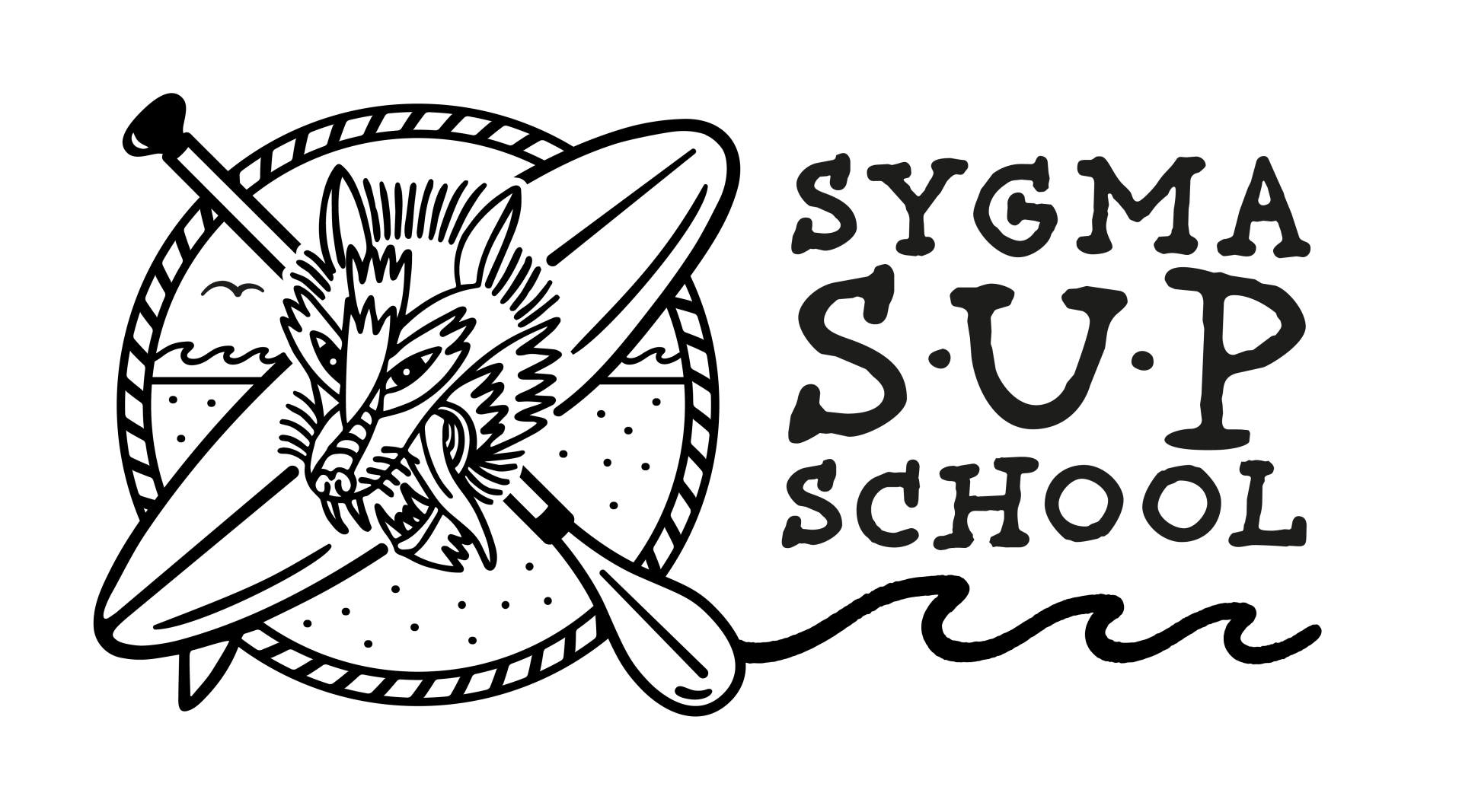Stand-up paddle boarding (SUP) is a versatile and enjoyable sport that offers a unique blend of relaxation, fitness, and adventure. Whether you’re looking to explore calm waters or ride waves, starting with the right foundation is essential. Here’s how to begin your SUP journey, including the benefits of learning from a SUP school and other ways to get started.
### 1. Understand the Basics of SUP
Before you hit the water, it’s important to understand the basic components of stand-up paddle boarding:
– **Board:**
SUP boards come in various sizes and shapes, designed for different activities like touring, racing, yoga, or surfing.
– **Paddle:**
A SUP paddle is slightly different from a traditional paddle. It has an angled blade that makes paddling more efficient.
– **Leash:**
This safety device attaches to your ankle and ensures the board stays close if you fall off.
– **Personal Flotation Device (PFD):**
Safety first! Wearing a PFD is often required by law in many areas.
### 2. Connect with a SUP School
**Why Choose a SUP School?**
Enrolling in a SUP school is one of the best ways to start your paddle boarding journey. Here’s why:
– **Expert Guidance:**
Professional instructors provide valuable tips and corrections to help you develop proper technique and avoid common mistakes.
– **Safety:**
Learn about water safety, how to handle your board, and what to do in different situations on the water.
– **Confidence:**
With professional support, you’ll build confidence faster, making your learning experience more enjoyable.
– **Equipment:**
SUP schools provide high-quality equipment suited to beginners, ensuring you have the right gear to start.
**What to Expect:**
– **Introductory Lessons:**
Most SUP schools offer beginner classes that cover the basics of paddling, balancing, and maneuvering.
– **Small Group or Private Lessons:**
Choose between small group sessions or private lessons depending on your preference for a more personalized experience.
– **Progression Plans:**
Many schools offer progression plans that allow you to advance your skills systematically.
### 3. Other Ways to Learn SUP
**a. Self-Teaching with Online Resources:**
– **YouTube Videos:**
There are numerous instructional videos available that cover everything from basic paddling techniques to advanced maneuvers.
– **Online Courses:**
Some platforms offer structured online courses that provide comprehensive SUP training.
– **Blogs and Articles:**
Read up on tips, techniques, and experiences shared by seasoned paddlers.
**b. Learning with Friends:**
– **Buddy System:**
Learning with a friend can be fun and motivating. More experienced friends can offer guidance and support.
– **Group Paddling:**
Join local SUP groups or meetups. Paddling with a group provides a sense of community and shared learning.
**c. Local Rentals and Tours:**
– **Renting Equipment:**
Many places offer SUP rentals, which often come with a brief introductory lesson.
– **Guided Tours:**
Join a guided SUP tour to explore new areas and learn basic techniques under the supervision of a guide.
### 4. Essential Tips for Beginners
**Start on Calm Waters:**
Choose flat, calm waters like lakes or bays to begin with. These conditions are ideal for practicing balance and paddling without dealing with waves or strong currents.
**Wear Appropriate Gear:**
Dress for the water temperature, not the air temperature. In colder waters, consider wearing a wetsuit or drysuit. Don’t forget sun protection, including a hat, sunglasses, and sunscreen.
**Practice Balancing:**
Start by kneeling on the board to get a feel for its stability. Once comfortable, try standing up slowly, keeping your feet shoulder-width apart and your knees slightly bent.
**Learn to Fall Safely:**
Falling is part of learning. Try to fall away from the board to avoid injury, and keep hold of your paddle.
**Focus on Your Core:**
Engage your core muscles while paddling for better balance and efficiency. Avoid relying solely on your arms.
**Paddle Correctly:**
Grip the paddle with one hand on the top handle and the other midway down the shaft. Keep your arms straight and use your core to pull the paddle through the water.
### 5. Join the SUP Community
Getting involved in the SUP community can enhance your learning experience and keep you motivated. Look for local clubs, online forums, and social media groups where you can share experiences, ask questions, and join group paddling events.
### Conclusion
Starting stand-up paddle boarding is an exciting journey that opens up new opportunities for fitness, exploration, and fun. Whether you choose to learn through a SUP school or other methods, taking the time to master the basics will ensure a safe and enjoyable experience. So grab a board, get out on the water, and start paddling your way to adventure!
To get the perfect coaching you need, check our coaching program here:
Not feeling comfortable paddling alone?
No worries we got Your back, check our:
our other options:
or
You might be also interested in:
RELATED POST:
11 best spots to practice stand up paddle surfing in the golden triangle of the Algarve (Part 1: West Coast)


